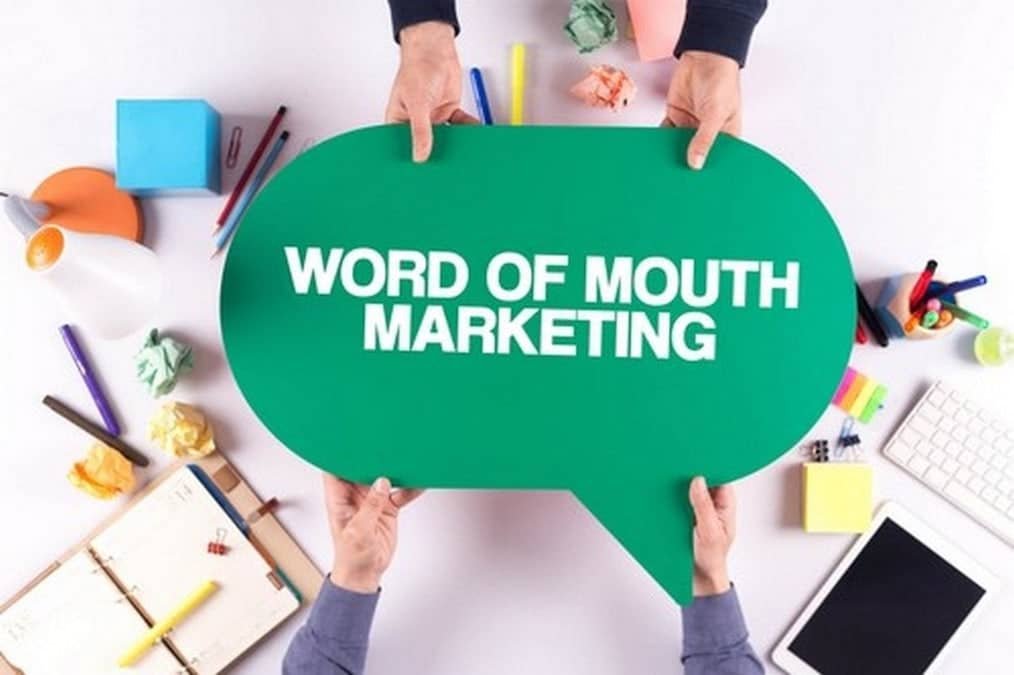Advertising products without paying is formally called Word-of-Mouth Marketing, WOMM. It is centred around a consumer’s interest in what he/she sees and speaks about in everyday life.
In case you are tired of paying for television or radio adverts, and you don’t think the desired result is achieved, this article will help you understand how to make effective use of the free marketing strategy
A marketer could disseminate a message across powerful mediums like blogging and social media marketing, creating emotional, viral, and buzz-like content for subscribers. While these platforms may demand the internet to send a message, the most influential aspect of this is the inter-personal conversations between person to person or among people.
This free advertising strategy demands that a marketer be credible, social, repeatable, measurable, and respectful,” leaving absolutely no room for dishonesty. It may be free to publicise a product or service, but your brand will meet an early demise, if your description doesn’t match expectation.
Advertising Products For Free

Paraphrasing Adam Hayas, a Financial Expert, Investopedia, and his take on the topic, he believes this form of free advertising influences mainly by creating a delightful encounter for customers, especially when the quality required of a brand exceeds gratification acquired.
- Another way to explain this form of marketing is that manufacturers engage in publicity exercises by creating consumer to consumer and consumer to marketer conversations.
An instance here is when a drink tastes different from other drinks in the same category, word-of-mouth advertising can take place from there instantly. The consumer of the product who has just enjoyed the drink wouldn’t hesitate to tell a friend or family member about the product.
2. In this form of advertising or marketing, as you may like to call it, the manufacturer or producer of that drink doesn’t need to spend a dime before his/her product reaches far and wide. The fact that the brand has given the customer gratification indirectly means self-promotion at zero cost.
For a start, the product does most of the promotions before any attempt of spreading the good news by either the product owner or consumer is experienced.
3. Again, a significant transaction of this form of marketing is creating the necessary awareness and mainly done offline. It is said that utilising the customers as a publicity tool can be effective, but not enough. A manufacturer is expected to go beyond these basic requirements and get to the extent of having an occasional relationship with customers to boost morales to conversing about the product.
Business prospects hoping to make an investment are encouraged to utilise this form of marketing, as it may not be easy to employ the services of advertising firms that charge heavily.
4. The advantage of this form of marketing is that according to research conducted by Investopedia, 92 per cent of the world’s population prefer to hear a product or service recommendation from their families and friends rather than any other form of advertising.
It is pretty easy to retain a customer’s patronage since there is an established emotional connection to the said brand. The concept is made possible from the strategies deployed by brand managers who go to the extent to hire sales representatives to interact with customers directly to guarantee a sense of safety and satisfaction.
An entrepreneur running a one-person business is strongly advised to use this publicity strategy to push his/her products or services. All he/she needs to do is follow the suggestions of an expert at the Mouth-Of-Word Marketing Association, WOMMA, Andy Sernovitz, who recommended that a sales representative always state the producer/manufacturer he/she is representing.
5. Also, it is fitting to explain only the clear parts about the product; be realistic with your opinion about the brand; introduce your real identity to the client as it helps build a long-term relationship based on trust.
Another reality of this marketing is it could also destroy a brand’s name or image if not carefully and professionally utilised.
For instance, my personal experience with a telecommunication service provider in a particular region of the country made me believe that it had the best data and call packages for subscribers. Within the same period, a friend told me about a better deal from a Nigerian telecom brand which I immediately subscribed to their services. To date, I’ve not returned to my previous network provider due to the testimony from a friend about how bad their customer service and package are to subscribers.
Many people have gone through this same experience that a simple conversation with a friend or family will completely ruin a product, brand, or service reputation. So, be wise in applying this form of marketing.

